The destruction of Southwest Florida’s communities in the aftermath of hurricanes is tragic, and the cleanup efforts create a serious impact on people with asthma, COPD and sleep disorder including sleep apnea. We recommend beginning the cleanup effort as soon as it is safe to do so after storm waters recede. Failure to do so leads to breeding of bacteria and molds in the home environment. These airborne pollutants put people at risk for exacerbation of lung disease. In fact, mold has been associated with wheezing, coughing, and in some cases asthma attacks, and some evidence links mold with respiratory illness in otherwise healthy children.
- Plan early. If you have OSA, have your PAP and accessories handy, and have your carrying case nearby. If no distilled water is available for your humidifier, it is acceptable to use bottled water or potable tap water. Avoiding consuming excess alcohol (eg, at “hurricane parties”) as this can worsen sleep apnea and the quality of your sleep.
- Prevent carbon monoxide poisoning. Fuel-burning equipment creates carbon monoxide (CO). This can include equipment like generators, pressure washers, charcoal grills, and camp stoves. You can’t smell or see carbon monoxide, but if it builds up in your home, it can cause sudden illness and death. Keep all such equipment outside and at least 20 feet from any window, door, or vent. Check out Carbon Monoxide Poisoning After a Disaster for more information.
- Wash your hands. Good basic personal hygiene and handwashing are critical to help prevent the spread of illness and disease. Clean, safe running water is essential for proper hygiene and handwashing. Hygiene is especially important after an emergency like a hurricane, but finding clean, safe running water can sometimes be hard.
- Protect yourself before returning to your building. During the cleanup, you risk inhaling dust, contaminants and microorganisms, which are unhealthy for anyone to breathe, but especially risky for people with lung diseases. Wear protective clothing, including gloves, rubber boots and a N95 mask.
- Toss it out! Remove everything that has been soaked by water, including carpet, wallboard and had been in floodwaters for 24 to 48 hours must be discarded. Simply drying out water will not remove the bacteria or toxins that can make people sick. Damp buildings and furnishings promote the growth of bacteria, dust mites, cockroaches and mold, which can aggravate asthma and allergies and may cause the development of asthma, wheeze, cough and other allergic diseases.
- Use soap and water for cleaning, especially to scrub mold off hard surfaces. Do not use bleach, which can make it hard to breathe.
- Consider hiring professional cleaners. If more than 10 square feet of your home is flooded or if water has been in the building for more than 2 days, we recommend hiring professional cleaners.
- Do not burn debris or waste, which adds dangerous pollution to the air. Remove it to a designated disposal area.
- Be Aware of Breathing Problems Don’t wait to get medical help if you start having breathing problems. Some warning signs are:
- Coughing, especially coughing at night
- Wheezing or feeling short of breath
- Chest tightness or pain
- Don’t Be Fooled Don’t use machines that generate ozone indoors. Ozone will not remove mold, but it can harm your health. Avoid contractors who offer to heat your house and “blow out the mold” with fans. They’ll just spread it everywhere.
If you are worried about your family’s lung health and have questions, call Dr. Imtiaz Ahmad at Allergy Sleep and Lung Care at 239-437-6670 to set up an appointment. Appointments can be made for telehealth visits as well. More information on how lung health is affected by hurricanes is available at https://lungcare.net/lung-care-services-fort-myers.
For media interested in speaking with an expert about lung health and floodwaters, contact Dr Imtiaz Ahmad at iahmad02017@gmail.com or at 239-437-6670.

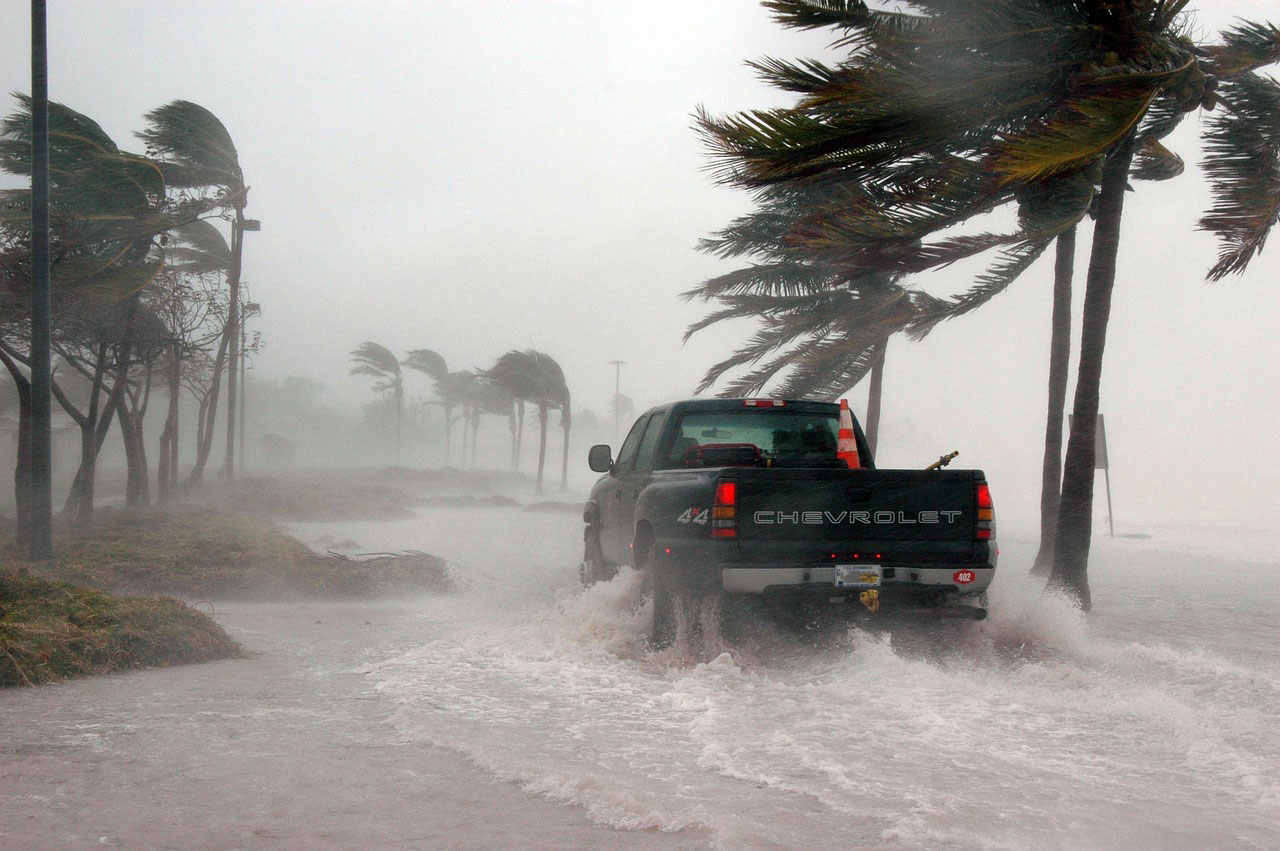

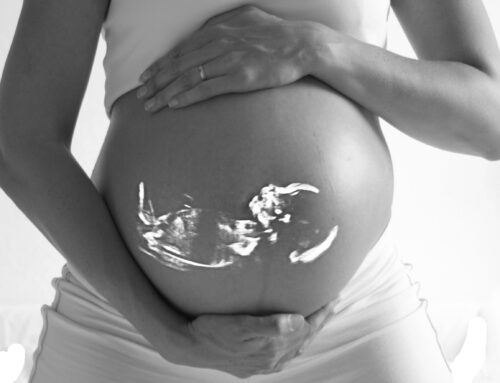
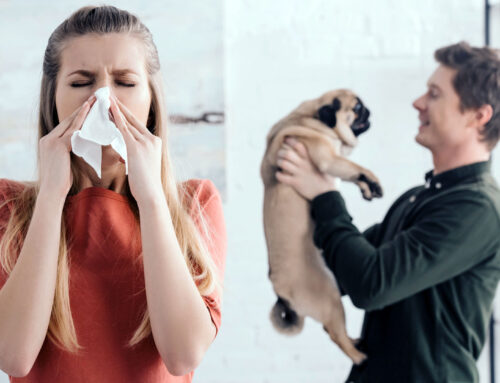
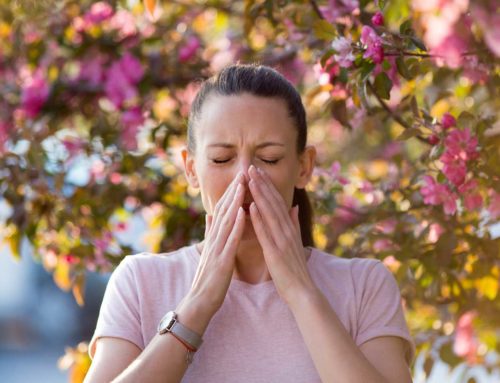
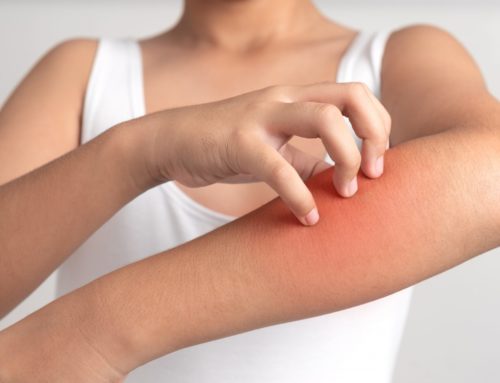

Leave A Comment